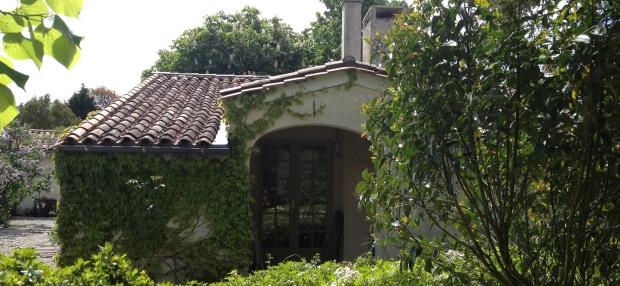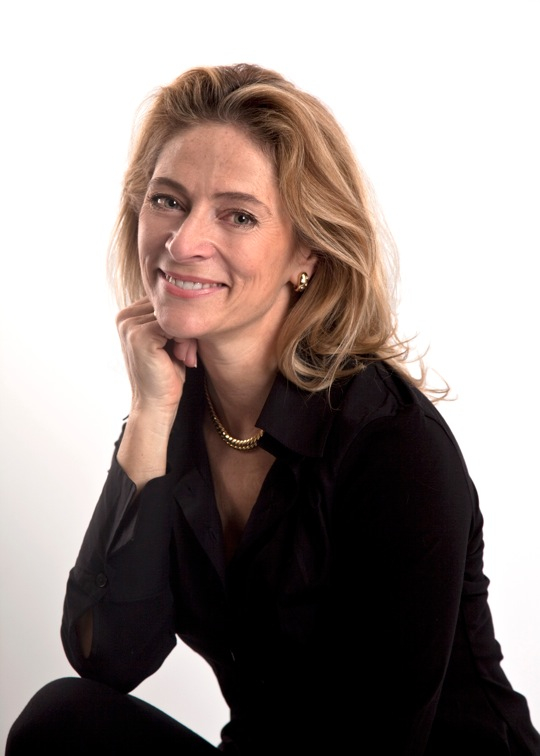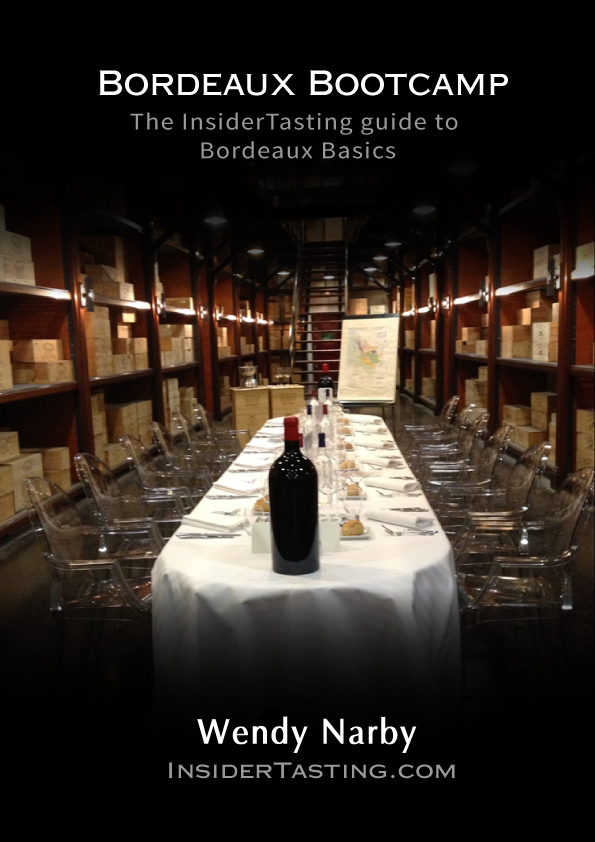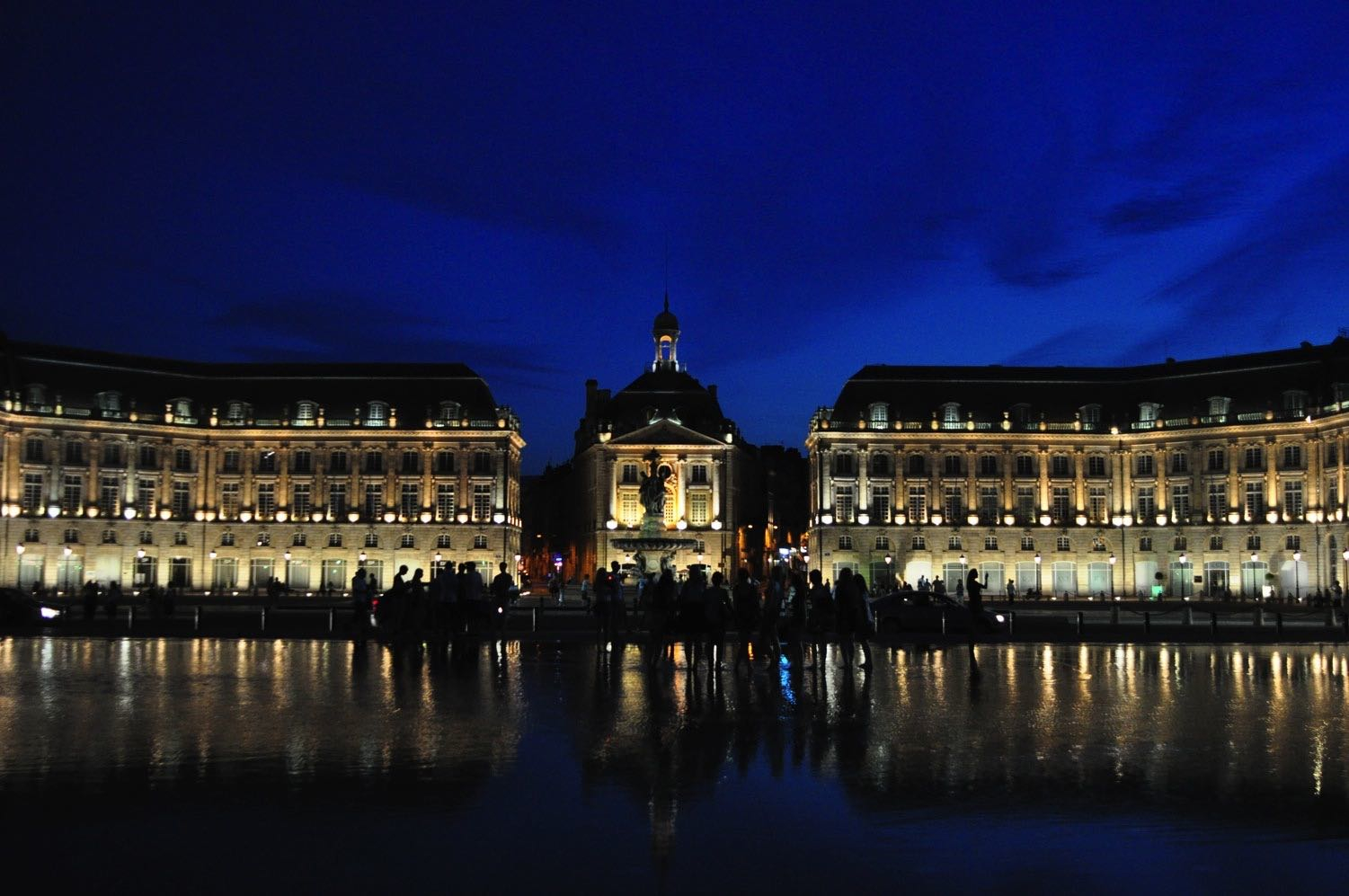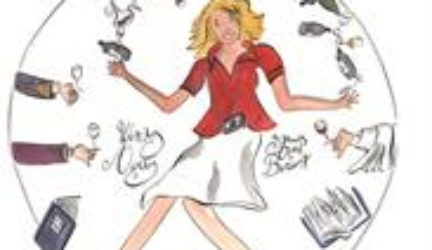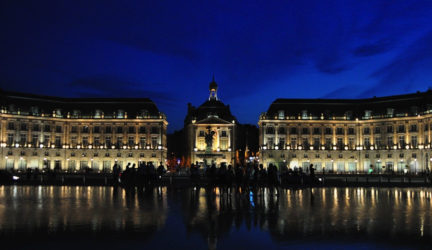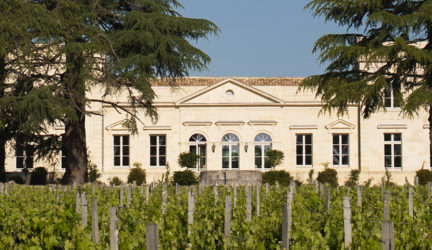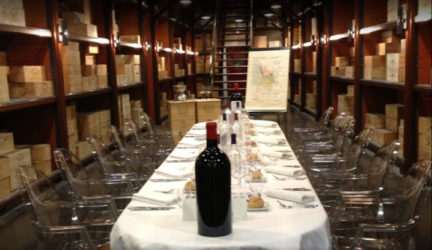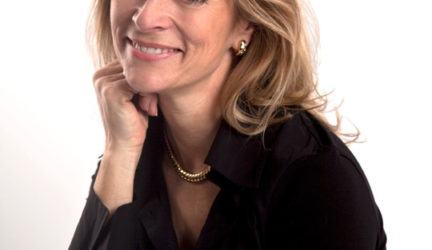Bordeaux, a sleeping beauty awakes.
Wendy Narby has lived in Bordeaux for almost 30 years and as a senior lecturer at the l’Ecole du Vin de Bordeaux (Bordeaux Wine School), she lectures both in Bordeaux and overseas, principally the US and Asia, to the trade, press and wine enthusiasts. She is also the author of Bordeaux Bootcamp available on Amazon.
The years in Bordeaux have given Wendy a unique insight into the fascinating world of French wine and food and a unique network of contacts in the region. Here she sshares her passion and insider tips for the region and its wines…
Many of you may have heard of Bordeaux wines but how many of you know the city at the heart of the vineyards? Considered for many years as France’s sleeping beauty, Bordeaux has awoken since its recent renovation.
Awarded UN National Heritage status in 2007, this international city welcomed almost 6 million tourists over the past 12 months, a record, and of course most of them venture out to the vineyards.
Bordeaux owes its beautiful waterfront architecture to the prosperity of the city in the 17th century, when it was France’s largest port but, you can also still find traces of its Medieval and Roman past.
TOUR
To get to know Bordeaux start with a walking tour with Hela Soula. Hela runs Bordeaux Walking tours and will share the history and much more; pointing out not just the local landmarks but also the best places to eat and drink along the way and there are many.
EAT
There has been a recent ‘war of the chefs’ in the city with leading names such as Gordon Ramsey opening a restaurant at the grand hotel, Philippe Etchebest in the elegant Opera House and Joel Rebuchon at La Maison Bordeaux fighting for the top spots. But it pays to leave the beaten track and search out smaller restaurants. At Garopapilles, the former chef of Chateau Haut Bailly, Tanguy Lavial, serves up a menu of the day based on what catches his eye in the market that morning. Access to the restaurant is through a small wine shop, where you can pick up a bottle to enjoy with lunch.
For a more international flavour go to Miles, where 4 young chefs from the 4 corners of the globe have come together to create an eclectic and constantly changing menu that you can see them preparing in the open kitchen. Just because the city is grand the food doesn’t have to be; if you fancy simpler fare right next door is West Coast Burgers – Burgers and Bordeaux, what is there not to love?
STAY
As with the restaurants you are spoilt for accomodation, from 5 star experiences to B & Bs. Right across from the elegant Opera house is the Grand Hotel and close by the Hotel de Seze, both offering 5 star accommodation, spas and restaurants.
If you fancy something more low-key, Chez Dupont has 5 B & B style rooms in the heart of the Chartrons district as well as a lovely bistro restaurant. This was once the centre of the wine trade but now the wine warehouses are converted into trendy loft apartments overlooking the Garonne river. Sunday mornings is the time to visit, when the market takes over the waterfront and you can sip white Bordeaux wines, with fresh oysters from the nearby Arcachon Bay, watching the Bordelais stroll, cycle and roller blade along the board walk.
SHOP
Bordeaux is like a mini Paris with wonderful shops from fashion to food and drink. Stroll inside the ‘golden triangle’ from the Opera house, along the Allées de Tourny, up the Cours Clemenceau and back down the Cours de l’Intendance. This the area for all the top-end French fashion brands but with food at its heart, this is France after all. The Marché des Grands Hommes is a modern shopping centre where you can see the freshly baked local specialities; Cannelles coming hot from the oven at Baillardan. These caramelised cakes, shaped like little crenelated towers, were traditionally made by nuns from the egg yolks left over from clarifying the local wines with the egg whites. Now they are served with morning coffee in the local cafés and restaurants.
Behind the Quay des Chartrons is an area dominated by design and antique shops. Entering The Village Notre Dame which hosts a collection of antique dealers is like being transported back to the 18th century prosperity of the town. If in antique mode, find your way to rue Bouffard where, alongside the antique shops, you will find the Musée des arts Decoratifs, a fine example of the local 19th century décor.
If you like your art more contemporary visit the CAPC, a spectacular old colonial warehouse which is now contemporary art museum. It has a great restaurant on the top floor where you can lunch on the terrace surrounded by Richard Long sculptures.
If you only have a few days with no have time to get out into the vineyards you can start discovering the wines in town.
TASTE OR DRINK?
The Wine Bar in La Maison du Vin (The Bordeaux wine Council) is run by the wine growers as a shop window for the wines of the region.
They have a constantly changing range of over 20 wines by the glass to choose from. White, rosé, red and even sparkling wines selected from the 7500 Bordeaux wine makers. If you can’t make up your mind, young multilingual sommeliers are on hand to help.
Upstairs in the same elegant building, you will find the Bordeaux Wine School where from June through September you can drop in for a 2-hour introductory class to the wines and the local vineyards before heading off to explore for yourself.
Fed up with wine? Try cocktails for a change on the roof bar of the Grand Hotel where, during the summer months, you can sip to the beat of a local DJ while enjoying the view over the city rooftops.
THE VINEYARDS
The City is at the heart of the vineyards and is the perfect place to start discovering them. It’s a big region and there is so much to see from medieval fortified chateaux to elegant homes, tiny family run properties to ultra modern wineries – Bordeaux has it all.
The easiest way is to call in at the Tourist Office, where daily tours are organised to different parts to the region. Or sign up for one of the intensive classes at The Bordeaux Wine School that last from 2 to 6 days (see above). They combine classroom study with practical tasting in the wineries and chateaux. If you prefer a tailor made approach, there are also specialist wine tour companies that will organise private wine tours for you.
WINE REGIONS
The Bordeaux wine growing area is big: almost 120 000 ha of wines, if you want to get a handle on the wines and the region there are three main regions that should be on your itinerary.
The Graves, to the South of the city, is known as the ‘cradle’ of fine Bordeaux. It was here from Middle Ages that the rich and aristocratic families owned large, often hunting estates many of which are still producing wine today. Château Olivier was home to the Black Prince in the middle ages and you can visit and taste both the red and white wines still made there today from vineyards surrounding the 12th century moated Château.
You can stay in vineyards too. Nearby by Chateau Le Pape has recently opened 5 beautiful guest rooms. You can sip their wines overlooking the swimming pool, the beautiful landscaped park and of course the vines.
It’s the perfect base to set off further south to the famous and historic sweet wine region; Sauternes. In this South Western corner of Bordeaux, the small, cool Ciron river runs out from the Landes Forest and flows into the larger Garonne, creating morning mists that cause Noble Rot to form on the grapes concentrating the sugar and creating these spectacular wines. Visit the smallest of the classified growths at the heart of region, Chateau Sigalas Rabaud, where owner-wine maker Laure de Lambert will share her family history and her passion for the region over a glass of this nectar.
This area known as the left bank, to the West of the Garonne river, continues North of the city to the Medoc, probably the most famous wine region of Bordeaux. Vineyards are usually found on rolling hills but not here. This is a low-lying, flat peninsula in between the Atlantic Ocean and the Garonne estuary where the characteristic gravel that provides drainage that the vines need to ripen rather than hillsides.
Traditional wisdom has it hat vineyards with a view of the water make the best wines and driving up the D2 road along the estuary is a bit like driving through a fine wine list. The road takes you past famous names such as Margaux, Latour and Lafite. With a little forward planning, many of the 1500 Chateaux in the Medoc will welcome you for a visit and tasting. One of the most famous is Chateau Mouton Rothschild whose recently renovated cellars now include a museum housing the original art works selected by ‘La Baronne’ each year to grace the labels of the wine. Book ahead to ensure a visit.
Neighbouring Chateau Lynch Bages is also open for visits and the Cazes family, who own the property, have renovated the surrounding hamlet of Bages including a Café La Vinal where local wine makers hang out alongside wine enthusiasts. Leave time after lunch for the wine, kitchen and food shops. They also have a Relais & Chateau hotel and Michelin star restaurant at neighbouring Chateau Cordeillan Bages.
For a more intimate experience, stop for lunch in neighbouring Saint Julien at the tiny Chez Meme and stay at Le Moulin de Margaux where Nathlie Schyler, chatelaine of Classified growth Chateau Kirwan, has opened a gite in the heart of the vines in an old windmill.
Wine of course goes with food and while you are here you should learn how to prepare some of the local specialities. Chef Gaelle Benoit runs a cooking school in Margaux. After preparing the food with her, you can taste the fruits of your labours at the communal table overlooking the vines. Or learn the secrets of a Chateau kitchen with the chef of the beautiful Chateau Pehlan Segur in Saint Estephe. He will open his kitchens for a cooking demonstration and while you visit the cellars and learn about the wine, he will prepare lunch served in the owners dining, room overlooking the Gironde Estuary.
Right bank, talking about left and right banks in Bordeaux can be confusing as there are two rivers, one estuary and lots of riverbanks. Wine lovers think Saint Emilion and Pomerol when they say right bank but I prefer the term Libournais as there is more to the ‘right bank’ than these two appellations. The town of Libourne is at the centre of the area. Like Bordeaux, it is a port town but on the Dordogne River, wine merchant warehouses still line the banks of the Dordogne in Libourne today. On Tuesdays, Fridays and Sundays the town comes alive with a wonderful market on the central square, but Sunday is the day to see the best array of local produce.
The most famous village of the region is Saint-Emilion. There are chateaux dotted all over the landscape here from the very grand to the very small that are chateaux in name only. This quaintness is one of the reasons Saint Emilion was the first vineyard area to be awarded UNESCO heritage site status in 1999.
The medieval town is a must see, hundreds of miles of galleries tunnel under the town and the vines. Some are used for ageing the wines but there is also Europe’s largest monolithical church, carved out of the limestone in the 9th century by the monks. The religious heritage is important in the architecture but also for the wines. The old Couvent des Cordeliers houses underground cellar where the little known local sparkling wine ‘Crement de Bordeaux’ is aged and you can sip a glass in the old cloisters there.
The chateaux around the village are very hospitable; Chateau Troplong Mondot has a romantic 2-bedroom cottage for rent in the heart of its vineyards, a stone’s throw from their restaurant that must be heading for a Michelin star soon. More relaxed vineyard dining can be sampled on the terrace of Chateau Petit Village in Pomerol, book ahead to sample their ‘Bokobox’ menu of local specialities served in freshly prepared terrines to accompany their wines.
WHEN TO VISIT
With perhaps the exception of January and February it never really gets that cold. May and June are lovely months to visit and, although the Chateaux are busy during harvest time, it’s exciting to visit in September and October. Some properties, such as Chateau Paloumey, will even let you join in the harvest and lunch with the pickers. Avoid the first week of April when the world’s wine trade seems to converge on the town to taste the vintage as you unlikely to find a hotel room and the winemakers are busy presenting their new baby to their clients.
Wines, food and history (not necessarily in that order) dominate Bordeaux and the region all you need is the time and a sense of adventure. Bon voyage.
